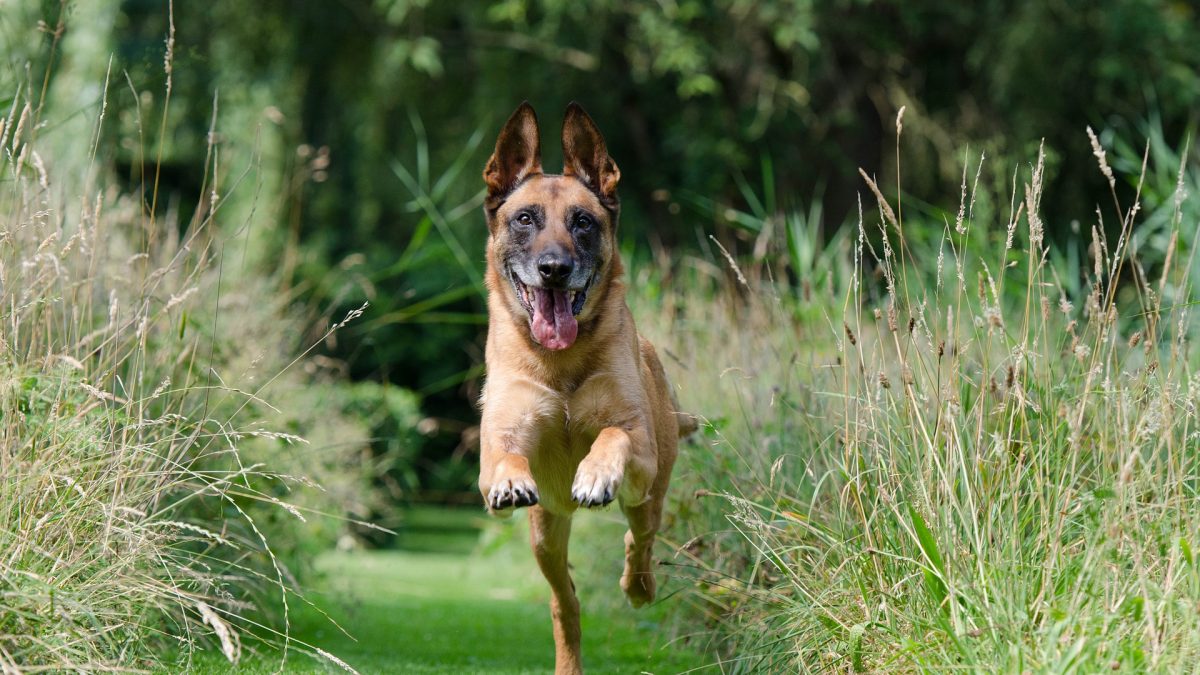
Fantastic family shows at Aylesbury Waterside Theatre!
July 2, 2019
6 Reasons to visit Mauritius with the kids
July 2, 2019With summer on route, many of us are looking forward to the warmer weather. However, it is very important to remember that your canine companion is not able to regulate their temperature in the same way as we can. They must wear their highly insulated fur coats all year round, so heat stroke can be a real risk.
What is heat stroke? Heat stroke is a dangerous condition that occurs when a dog’s core body temperature rises above 40 degrees Celsius. All dogs are susceptible in the right conditions, however dogs that are obese, thick-coated or brachycephalic (short nosed) are even more sensitive.
What causes heat stroke?
There are two types of heat stroke:
Exertional – this happens when exercising a dog on a hot day. Dogs take 60 days to acclimate to hot weather, but rarely does the British weather allow for this acclimatisation.
Non exertional – this can occur without exercise, when a dog is kept in an environment that doesn’t allow it to keep cool (remember dogs cannot sweat like people). This could be a poorly ventilated room, a car, or even in a garden with no water source.
What are the signs of heat stroke? Often the first signs are agitation and distress, such as barking, drooling, panting or excessive thirst. As the condition progresses, you may notice your dog’s gums/tongue turning a red or purple colour. Without treatment, this can progress to staggering/weakness, collapse, seizures and coma.
What to do if you are worried your dog has heat stroke? Call your vet immediately for advice as without prompt treatment this condition can result in death via irreversible internal organ damage. Place a cool wet towel over your dog whilst transporting to the vets. DO NOT immerse your dog in cold water, as this can lead to shock and worsening of the condition.
Tips to keep your dog cool on a hot day. Prevention is always better than cure. It is important to restrict exercise on hot days, walking early in the morning or late in the evening. Take a water bottle with you. Never leave your dog in a conservatory/poorly ventilated room. Make sure your dog has access to shade, and fresh drinking water. A soaked towel can be useful to keep your dog cool, or you can spritz with water. NEVER leave your dog in the car – even for short periods of time, even with the windows open.
If you have any concerns at all, then please call Crossroads Veterinary Centre on 01494 459095 for 24/7 advice.
Kathryn Miller
BVSc CertAVP(SAM) MRCVS




